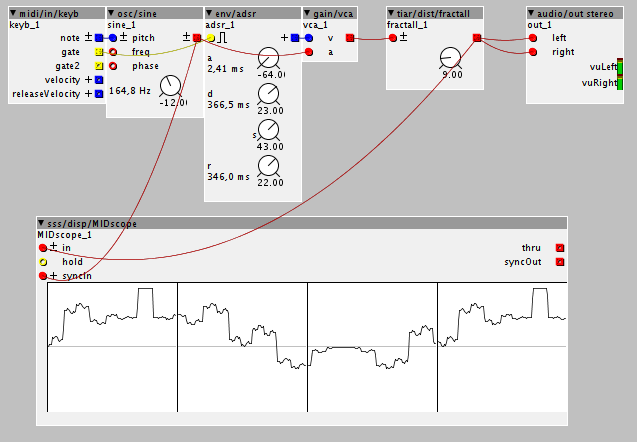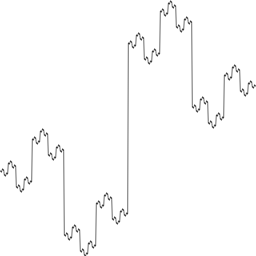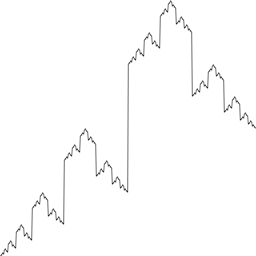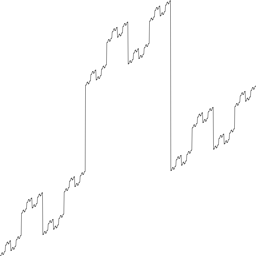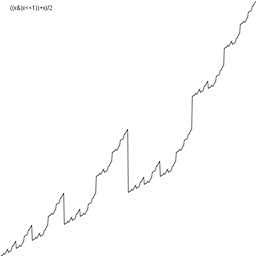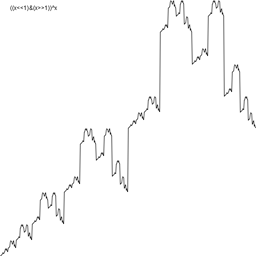These I2C OLED displays are easy to connect to the Axoloti, you just have to add two pull up resistors.
If you use the object I made, it is quite easy to use (see the help patch Help -> Library -> Community -> tiar ->HW -> OLED128x64).
If you want to draw fancy stuff it will be much harder, you will have to code very low level graphic algorithms and mess with some sort of double buffering.




